November | 2020
Transformation is not NEW. The NEW is transforming with speed, agility, and creating value for stakeholders. Recent years have seen an emphasis on enterprise-building capabilities to respond with speed and agility but the missing piece has been the right approach to value definition, creation and realization for stakeholders. A quick peek inside most organizations will validate this as finding teams trained on new and faster ways of working will be easier than finding the value realization office.
Enterprises in the race to compete in the digital world have ended up focusing on the means (adoption of emerging tech and practices to solve an isolated problem) rather than the end (reimaging the larger picture to drive value definition and creation). Contact center transformation has witnessed a similar trend where emerging tech has been leveraged to drive improvements within contact center operations in an isolated manner rather than looking at it as a part of an integrated, larger unified value proposition to the end consumer. This approach has led to a lot of value being left on the table.
The business operation ecosystem has become complex
Before defining the future role of contact centers and how transformation should be approached, let us visualize the dimensions of change in an interconnected ecosystem and what it means for contact center operations. The competition is more from non-traditional players and product commoditization is prevalent. New business models are emerging focused on new collaborations, where service differentiation is at the heart of things. Partners and suppliers are looking at ease of doing business in a platform economy where managing cost as well as the quality of product and service has become a key focus. Contact centers that were traditionally focused on the end consumer are now focusing equally on these new alliances.
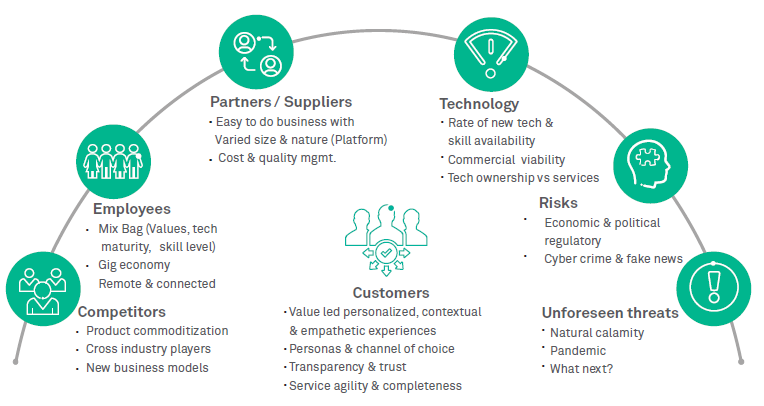
Figure 1: Evolving interconnected business ecosystem
Employee churn coupled with a steep learning curve (domain & tech) of the new workforce has been an age-old challenge. However, today, the focus has shifted to provisioning remote and connected ways of working while managing risk.
Rate of emergence of new technology, skill availability, commercial viability, models of usage, tech choices to bet on, and cost of ownership are keeping enterprises on their toes. Whether and for what to take an enterprise view or department view has been a challenge. This situation has grown today, where running operations in this new normal has become imperative.
The face of risk has changed. The current pandemic and recent epidemics have opened up a new debate; one that challenges the erstwhile setup of contact centers. The risk today has to be categorized into two separate buckets: the known risks, and the other unforeseen threats, where the impact has to be evaluated in a quicker and sharper manner.
Customers, too, are impacted by this changing environment. Now more than ever, they are looking at enterprise to deliver value-led, personalized, contextual, and empathetic experiences through channels of their choice, where transparency and trust are sacrosanct along with service agility and completeness.
Contact center operations are falling short of delivering the right experience
Enterprises are moving to a business model where their products and services are being assessed and / or bought through partner stores and platforms. This has led to the second moment of truth (customer servicing) in customer journey becoming the first touch point with enterprises. The engagement experience at this stage will be a key enabler for future brand association and hence enterprises should work on getting it right the first time. However, multiple studies highlight gaps between customer expectations and service delivered. A few key ones are highlighted below.

The gaps highlight that transformation in contact centers is not integrated with the larger customer transformation mandate, and that despite investments by enterprises in emerging tech & digital channels, customers still prefer to talk to a person to get issues resolved. In this new normal, empathy is emerging as a key component of service delivery, and voice-led, people-managed services are still there to stay for some if not all customer segments.
Enterprises have to rework on an experience delivery model, where they need to use the right mix of voice and non-voice based services for different customer types. This would mean re-assessing the efficacy of already-digitized processes. Today, more than ever, it is imperative for enterprises to rethink their contact center strategy.
The new purpose of a contact center needs to be conceptualized
In this dynamic and constantly evolving new normal, enterprises must focus on four key strategic objectives and the following enabling themes.
Pivot to be a value delivery hub
The value being delivered should focus on solving customer issues. How contextual and stateful information is passed to the contact center to make decisions will be key. Enterprises need to re-think and focus on the larger integrated omni-channel user journeys and not just the journey being traversed within the contact center. The workforce model should be designed to deliver value through experience differentiation strategy for segments rather than to merely engage.
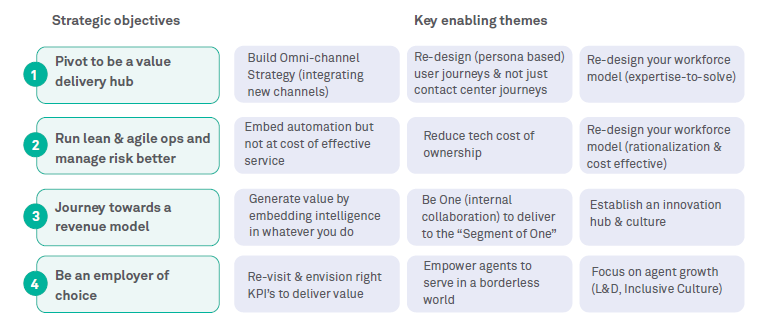
Figure 2: Re-imagining the purpose of contact centre
Run Lean & Agile Operations and manage risk better
Automation strategy must focus on delivering effective service rather than headcount reduction. Digital channel migration and adoption strategies, and their impact on contact centers, have to be well-devised to be effective. COVID-19 has underlined conversations around new tech solutions to manage risk in the work-from-anywhere model. Business cases to drive new models of technology consumption coupled with multi-country operations rationalization have to be worked through to optimize total cost of ownership.
Journey toward a revenue model
Contact centers are a treasure trove of meaningful information if you know how to mine it. The need of the hour is to embed intelligence the right way to drive the right insights, which is then shared with the right teams to achieve the objective of serving a customer segment.
This calls for joint governance and integration between the contact center and other enterprise departments. It is important to have a culture of innovation embedded into the operations. Enterprises should also evaluate how their external contact center partners have embedded a transformation charter into the fabric of day-to-day operations.
Be an employer of choice
Enterprises need to pick up their game on how to engage, manage, and sustain their workforce in a more inclusive manner for long-term sustenance. With the transition of contact centers to become value delivery hubs, there is a need to revisit traditional KPIs to drive the right agent behavior. Contact center operations were forced to change their setup overnight. Now, it is time to revisit this option of work from anywhere in a more strategic manner and create value levers to ensure a win-win situation for all parties involved.
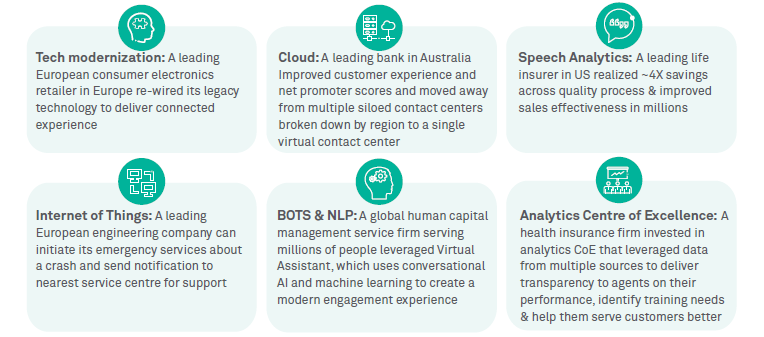
Figure 3: Key technology themes
Approach to transformation must change: Re-imagine, but holistically
In a transformation journey, the right approach is as important as establishing ambitious goals. Choices and decisions are made across the enterprise. These could be anything from strategic to tactical across purpose, processes, technology, data, and people.
Contact center transformations have witnessed choices and decisions made in a rather siloed manner, with the focus on capabilities just within the contact center (box). Enterprises need to appreciate the fact that the contact center is a part of larger business operations and there are upstream and downstream handshakes to it. So trying to solve a part of the puzzle will provide incremental automation-led benefits but traps realization of exponential benefits at an enterprise level. Unlocking this exponential benefit is important as customers too are focused on getting an end-to-end resolution of their problems and aren’t looking at how well enterprises run their contact center operations.
To help enterprises realize their transformation journey successfully, we leverage our transformation framework that takes a holistic rather than compartmentalized approach to value creations and realization. The framework is divided into three interconnected stages of value definition, value delivery, and value sustenance, which are further broken down into five themes. Each of the five themes is further divided into 25+ sub-themes.
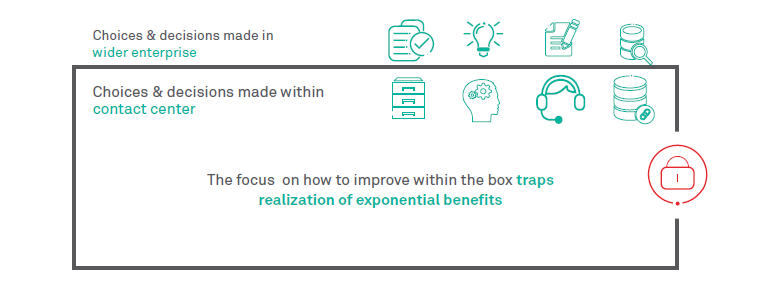
Figure 4: Holistic approach to contact center transformation
In the value definition stage, the focus is on identifying the purpose of transformation aligned to the business model strategy and the underpinned experience strategy. It is imperative to understand what an enterprise is trying to achieve, customer segments it wants to service, the value propositions defined for them, and how this transformation fits into the scheme of things. It is also important to understand how an innovation engine can be aligned to the enterprise construct so that this initiative doesn’t become a one-off before fizzling out.
In the value delivery stage, the focus is on redefining the enterprise operating model to service the value definition construct. Emphasis is laid on managing both external and internal stakeholders. Enterprises must focus on making their own back-office operations easy and seamless for internal stakeholders to have better experiences and more time to focus on customers. Each component of the operating model i.e. underlying processes, technology, data, design, and people must be evaluated to service the propositions of the value-definition stage.
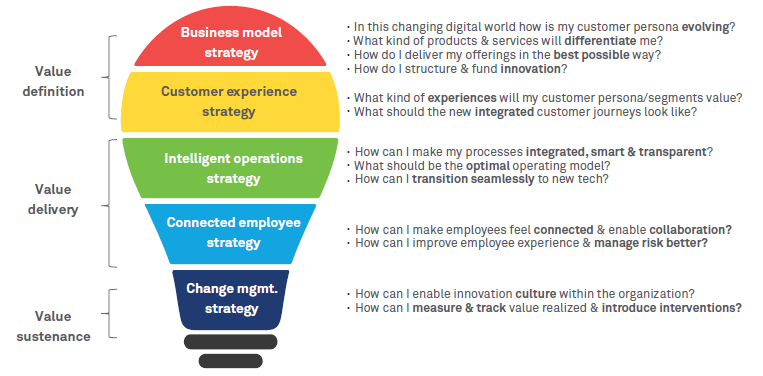
Figure 5: Integrated transformation framework
In the value sustenance stage, the focus is on how to make everyone visualize, breathe, and work toward the transformation. The planning and requisite interventions of this stage is initiated with value definition stage and goes alongsidethrough to value delivery stage. Regular leadership interventions, cultural transformation, & migration and adoption strategies are some of the sub-themes underpinning the change management strategy. Our advisory offerings support enterprises at different stages of their transformation journey. We run our advisory services even in remote setups, leveraging virtual design workshops, data analysis, and process mining tools.
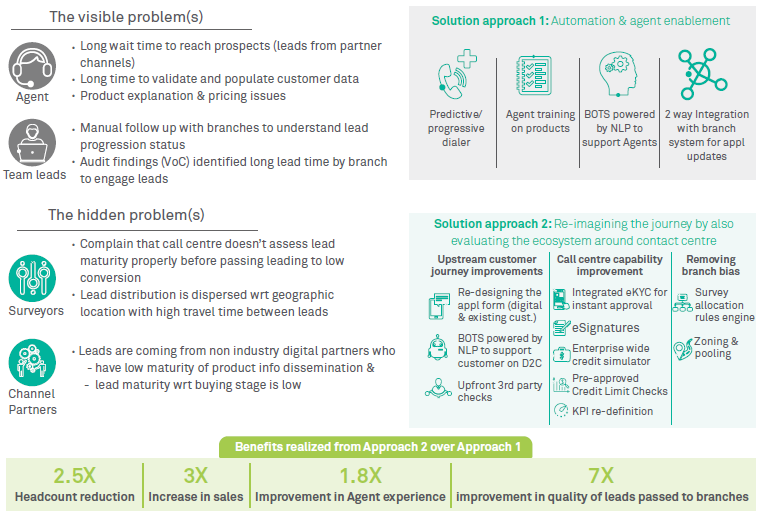
Figure 6: Case study of how a financial enterprise unlocked exponential value by reimagining holistically
Enterprises were pushed overnight in a situation where decisions they took to run their operations were tactical in nature. These decisions were on agendas, which till a few months ago, were waiting for the right business case or not even envisaged. But today, there is a massive opportunity to assess and design new possibilities in a more strategic manner. Enterprise must go back to the drawing board, reimagine how they can think holistically in an integrated manner to build a more resilient operation for the future, which can withstand new challenges and create value for stakeholders in an evolving new normal. Our advisory offerings support enterprises at different stages of their transformation journey. We run our advisory services even in remote setups, leveraging virtual design workshops, data analysis, and process mining tools.
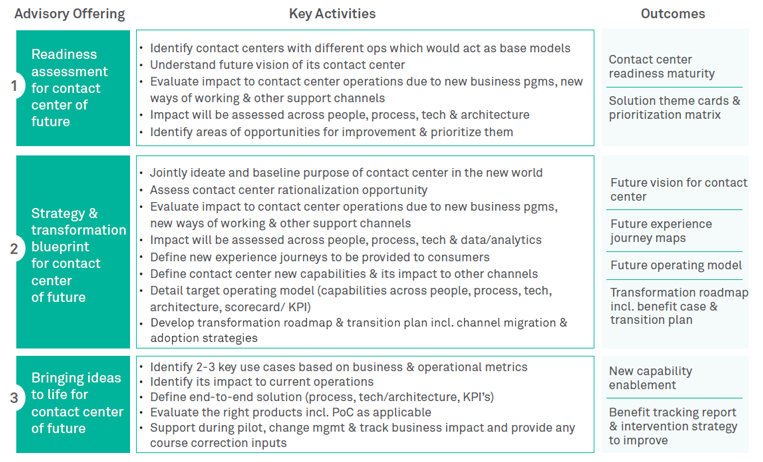
Joydeep Dutta
Associate Vice President, Enterprise Operations Transformation, Wipro Ltd.
Joydeep Dutta is a strategy professional who leads the Business Transformation & Digital Advisory practice globally as part of his role at Wipro. He advises clients in their endeavors to rethink their value propositions for different stakeholders (customers, partners, and employees), defining and enabling the underpinning new, adaptable target-operating model.
His experience of working across continents, cultures, and industries with senior executives helps him deconstruct business transformation problems and opportunities quickly, identify cross-industry solution ideas, and contextualize them to realize business value. Over his career, Joydeep has set up a Digital Advisory practice for a Big4 company in India and led cross-industry Digital Strategy & Customer Experience practices with a focus on the Southeast Asia market for a leading strategy & consulting firm.